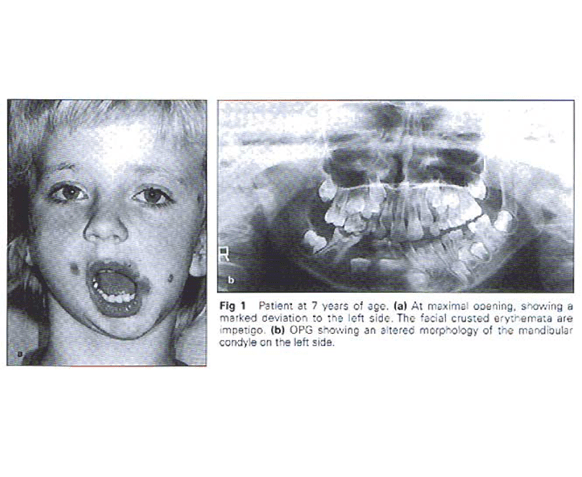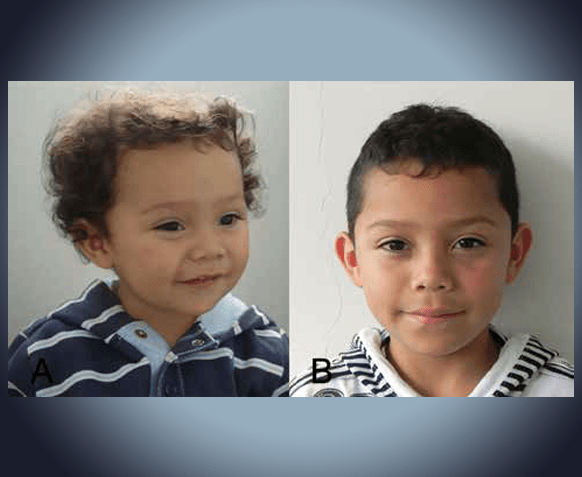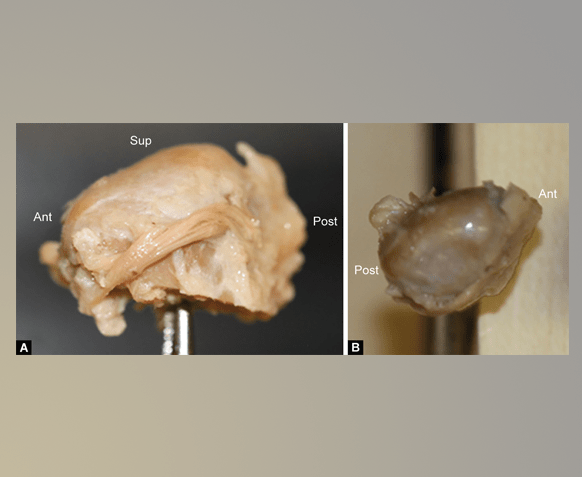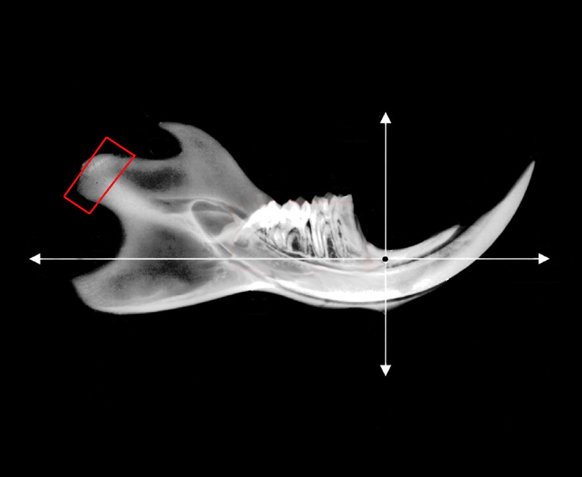Occurrence of Maxillary and Mandibular Rotations in Patients with an Open Bite
By German O Ramirez-Yanez, DDS, MDSc, MS, PhD; Marijana Skok, DDS; James Elliot Scott, PhD
Abstract: Objective: The aim of this study was to determine the occurrence of maxillary and mandibular rotations in patients with an open bite within a population attending a university orthodontic clinic. Materials and Methods: Cephalic radiographs from 103 subjects were used for the study. The gonial angle, subdivided into superior and inferior, as well as the angle formed by the maxillary line (ANS-PNS) and, the Pt line were measured to determine the rotations of the maxilla, the mandibular ramus, and the mandibular body. Results: Eighteen potential combinations between maxillary and mandibular rotations were found as contributing factors in open bites. The three most commonly seen combinations in the studied population were: a downwardly displaced body of the mandible with no rotation of the maxilla, associated with an anteriorly displaced mandibular ramus (31%); upward rotation of the maxilla with an anteriorly displaced ramus and a downwardly displaced body of the mandible (16%); and, an anteriorly displaced ramus associated with no rotations of the maxilla or the body of the mandible (11%). Conclusions: An open bite may present deviations from normal in the rotations of the maxilla, the mandibular ramus and/or the body of the mandible in up to 18 different ways. This may be important when determining the severity of an open bite and its treatment. The authors propose that the occurrence of maxillary and mandibular rotations may be associated with deviations in the craniofacial growth and development caused by dysfunctions in the oral and breathing patterns.
To read the entire article
Other Articles
Aurora ON, Canada 2020
CONTACT US
contact@kidsmalocclusions.com
Our Chatbot is Powered by








